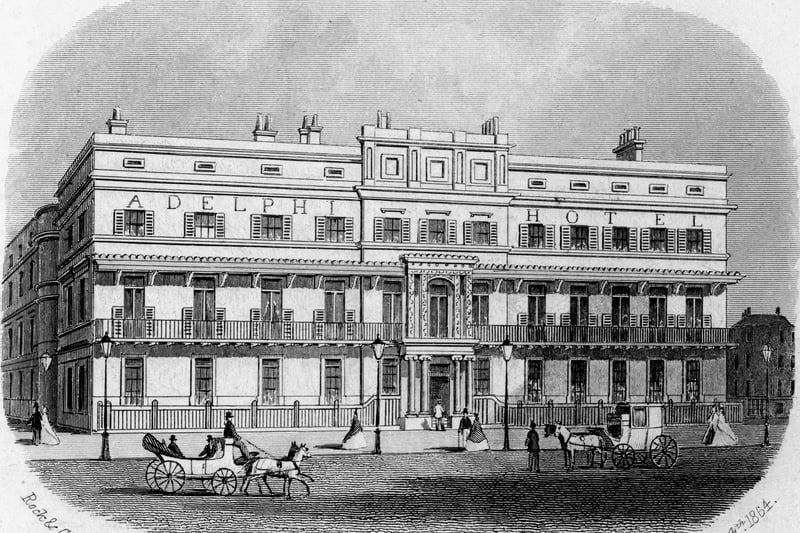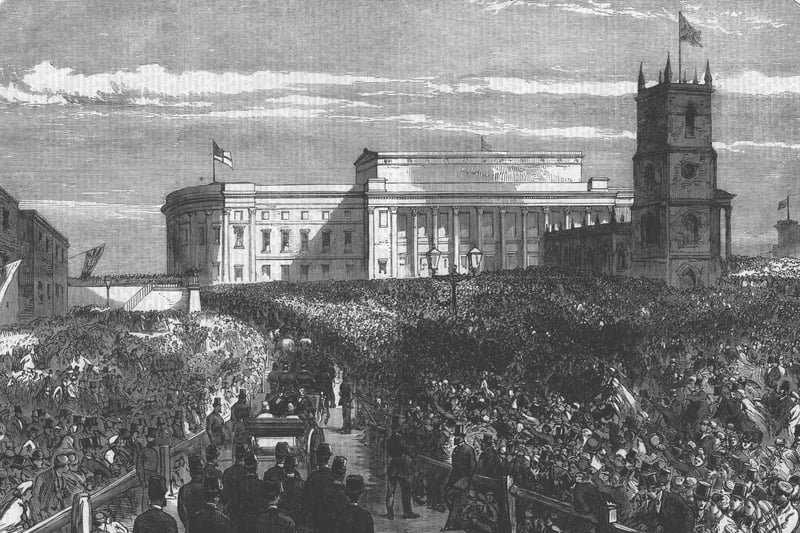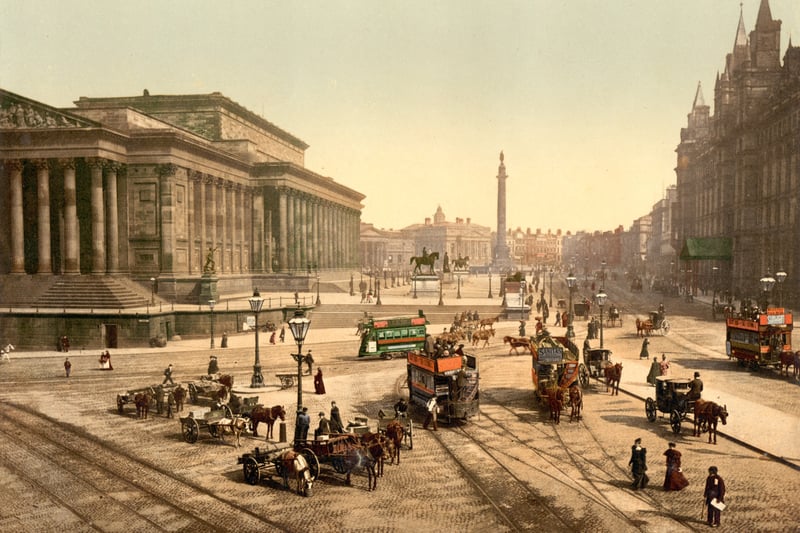Every person who has been to Liverpool is likely to have set foot on Lime Street. Famous as the location of the mainline railway station of the same name, it has become the gateway to the city for many.
First laid out in 1790, it stretches from Wellington's Column at the junction with William Brown Street - home of the World Museum, Liverpool Library and the Walker Art Gallery in the Cultural Quarter - to the Adelphi Hotel and the foot of Renshaw Street.
If the street could talk, it would certainly have some incredible stories to tell. Lime Street has seen a procession for the future King Edward VII, Lord Kitchener's recruitment for WWI, suffragettes rallies, Champions League parades and Eurovision celebrations.
Named after the lime kilns of businessman William Harvey, it stood outside the city limits when it was laid out 230 years ago. But it is now a key part of the city centre and recently underwent a multi-million pound regeneration scheme to further improve its links to the heart of Liverpool.
The gallery below details just how Lime Street has changed over the years.

1. Lime Street - 1839
Lime Street was set out in 1790 and was considered a bit of a frontier beyond the city limits. But that all changed when the mainline railway arrived around 1851. This is a period depiction of the original Lime Street Station frontage, circa 1839. Photo: Mechanical Curator collection/Flickr Commons/British Library/wikimedia

2. Lime Street - 1864
The Adelphi Hotel marks the southern extremity of Lime Street, before it turns into Renshaw Street. The present hotel was opened in 1912, but this is the first Adelphi built on the site, pictured circa 1864. Photo: The Print Collector/Print Collector/Getty Images

3. Lime Street - 1865
St George’s Hall opened on Lime Street in 1854 and has played host to many momentous events. This is the visit of the future King Edward VII and Queen Alexandra in 1865. They were shown round the library and museum and St George's Hall was used for the festivals, and for meetings, dinners and concerts. Photo: Print Collector/Getty Images

4. Lime Street - 1890
Lime Street in the 1890s, with St. George's Hall on the left and the Great North Western Hotel on the right. Wellington's Column, which marks the northern end of Lime Street, is visible in the distance. Photo: Library of Congress Prints and Photographs Division Washington, D.C
